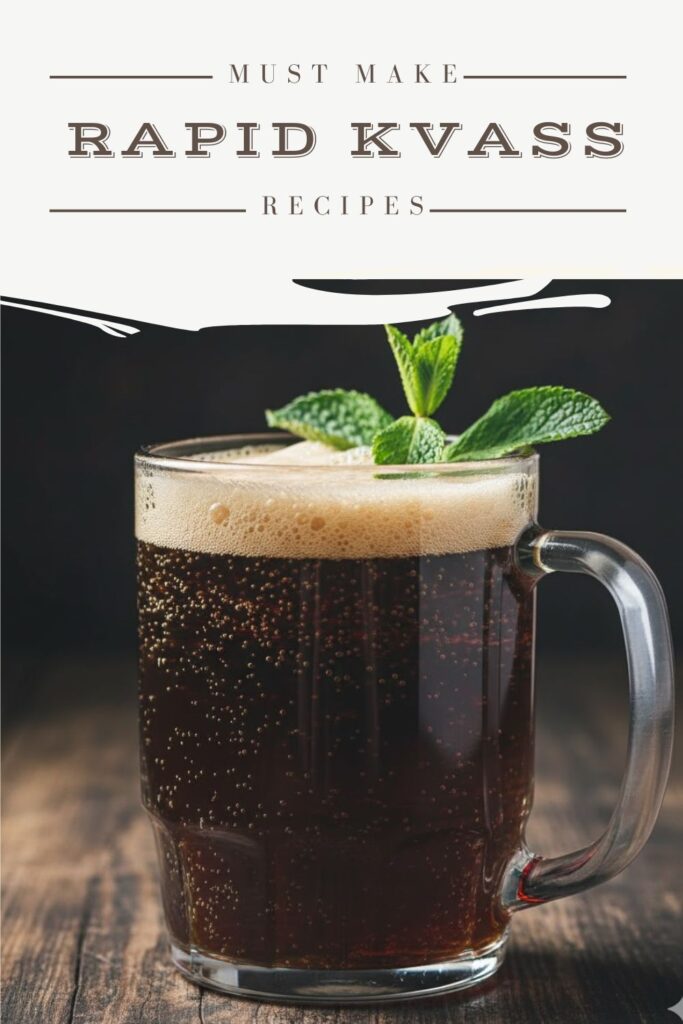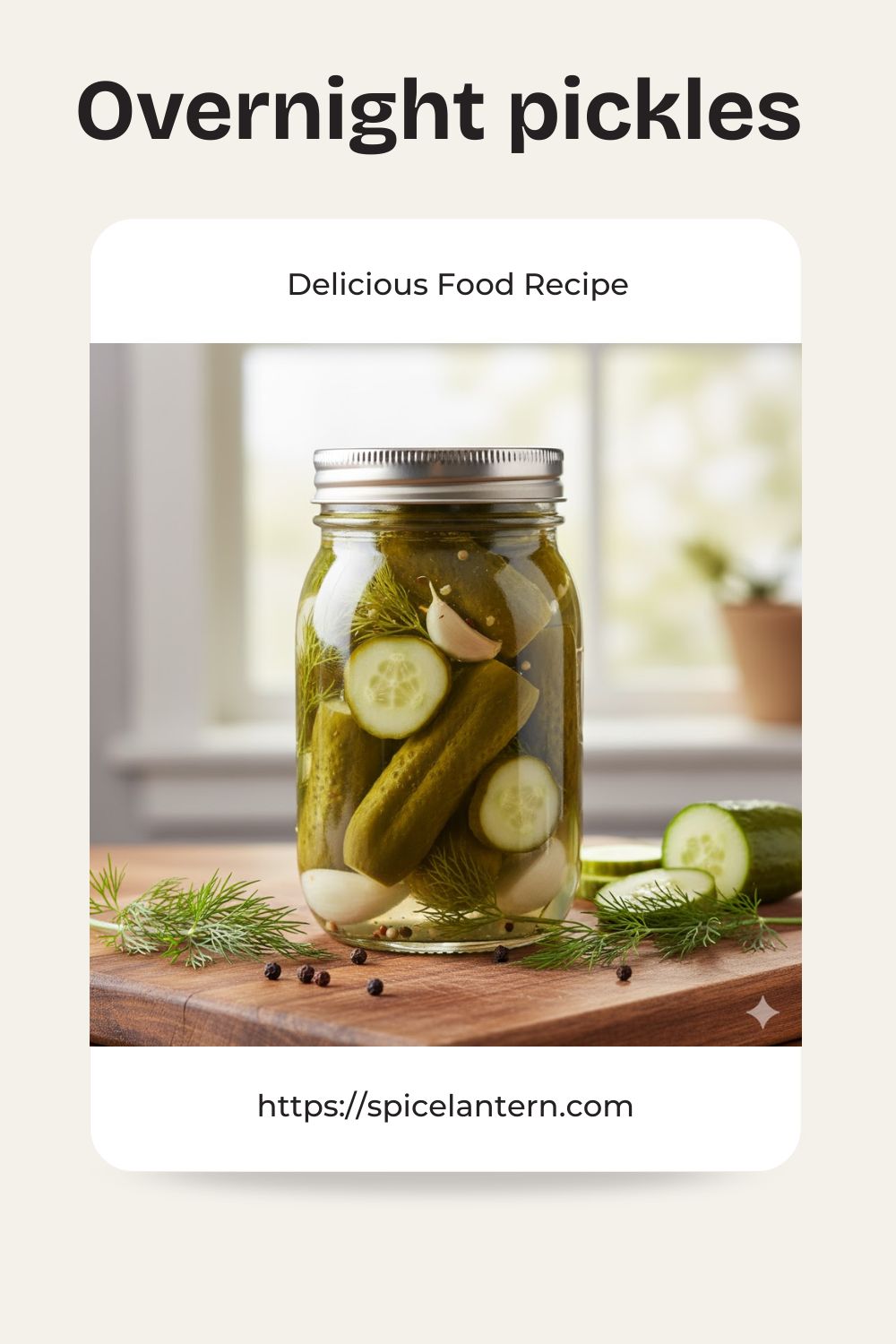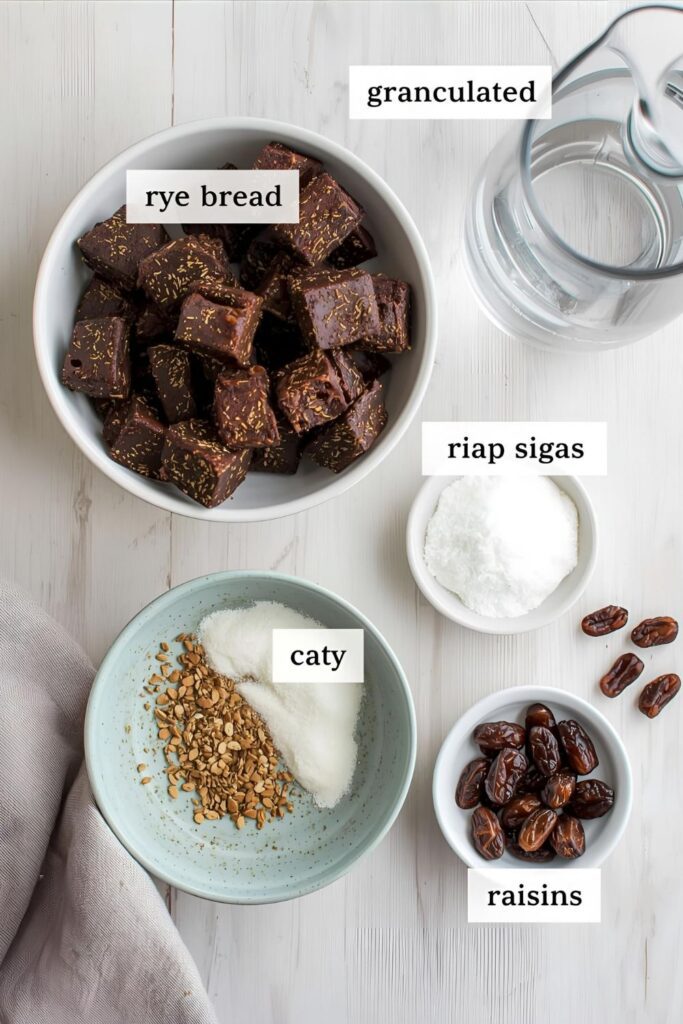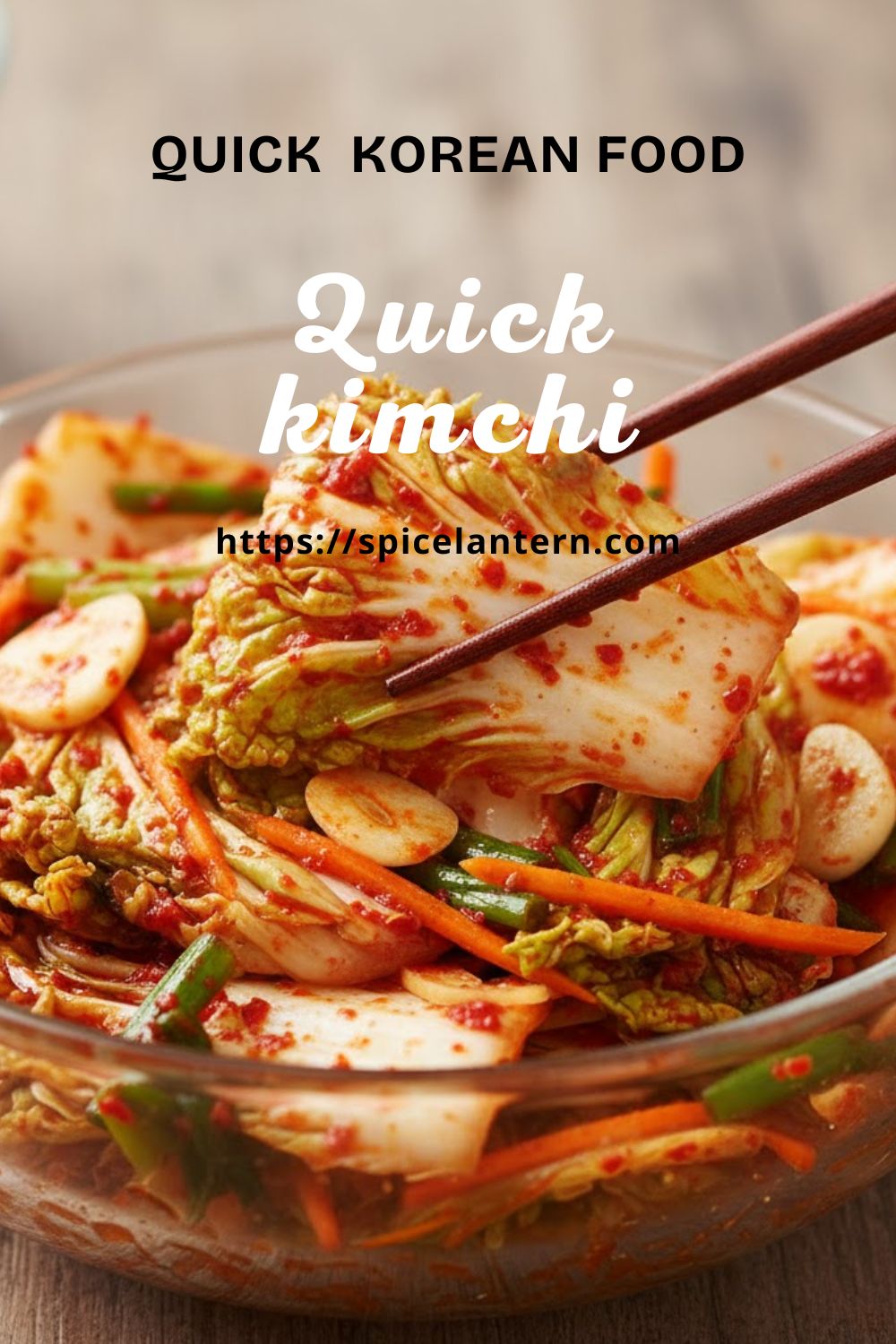You Can Ferment Too: The Ultimate Rapid Kvass Recipe (Bubbly, Tangy & Ready in 24 Hours!)
Let’s talk about the world of fermented drinks. Kombucha is great, sure, but have you ever tried Kvass? This traditional Eastern European beverage, historically made from fermented rye bread, is savory, slightly sweet, tangy, and impossibly refreshing. It’s like a complex, yeasty ginger ale. But let’s be real—fermenting bread takes time. You don’t have a week to wait for a drink! That’s why I’m sharing the ultimate Rapid kvass recipe hack. We use a shortcut to capture all that signature tangy flavor and bubbly fizz in just about 24 hours. Get ready to impress yourself and your gut flora with this super-fast brew!
Why This Rapid Kvass Recipe Is Your New Favorite Drink
Why bother making a drink from bread when you can just buy a soda? Because this recipe is awesome, that’s why. It delivers a unique, savory-sweet, tangy flavor and a naturally refreshing fizz that sets it apart from anything store-bought.
First, the speed is real. We cut the fermentation time down to 24-48 hours, making it incredibly accessible. Second, it’s ridiculously easy—you just toast, steep, and wait. Seriously, no complex brewing equipment needed. Third, it’s a fantastic probiotic and B-vitamin boost (hello, malt!). Plus, serving a homemade fermented drink? You’re officially a kitchen visionary. Who needs a simple cocktail when you have this complex, bubbly concoction?
Ingredients: The Bread & Bubble Makers
The key to Rapid kvass is maximizing the toasted flavor and providing the yeast with plenty of sugar to convert into fizz.
H3: The Flavor Base
- 4 slices Rye Bread (Pumpernickel or Sourdough are great): Crucial! Stale bread is best. Cubed and toasted dark.
- 8 cups Filtered Water: Avoid chlorinated tap water! Chlorine can kill the yeast.
- ½ cup Granulated Sugar: Feeds the yeast for both flavor and carbonation.
- 1 teaspoon Active Dry Yeast: The speedy accelerator! We don’t rely on wild yeast here.
H3: The Optional Flavor Enhancers
- 1 tablespoon Raisins: Adds a traditional, subtle fruitiness and extra sugar for the yeast.
- 1-inch piece Fresh Ginger: Sliced or grated. For a spicier, modern kick.
- 4 Mint Sprigs: For a cooling, refreshing finish.
Key Substitutions:
- Bread Swap: Pumpernickel gives the darkest, most traditional color. Sourdough or even heavily toasted whole wheat bread can be used in a pinch, but the flavor will be lighter.
- Sweetener Swap: Honey or maple syrup can be used, but granulated sugar is traditional and neutral. Use a non-fermentable sugar substitute (like erythritol) if drinking immediately and avoiding all sugar, but carbonation will not happen without real sugar.
- Yeast Swap: You must use active dry yeast for this rapid recipe.
Tools & Kitchen Gadgets Used: Your Home Brewery
You don’t need a mash tun; a simple jar and a strainer suffice!
- Baking Sheet: For toasting the bread.
- Large Glass Jar or Food-Grade Container (Gallon size): Essential for the primary ferment.
- Saucepan: For boiling the water.
- Fine Mesh Sieve/Strainer: For straining out the bread and solids.
- Airtight Bottles (Swing-Top or Soda Bottles): CRUCIAL for carbonation and storage!
- Measuring Cups and Spoons: For accuracy.
- Large Spoon: For stirring.
Step-by-Step Instructions: Brewed in a Day!
The secret here is toasting the bread dark to give color and flavor, then letting the yeast work fast!
H3: Step 1: Toast the Bread Dark (The Color & Flavor)
Preheat your oven to $350^{\circ}\text{F}$ ($175^{\circ}\text{C}$). Cube the rye bread slices into 1-inch pieces. Spread them on a baking sheet. Toast for 15-20 minutes, flipping halfway, until the pieces are very dark brown, nearly black, but NOT burned. This intense toasting provides the deep color and rich, slightly malty flavor. Let the toast cool completely.
H3: Step 2: Steep the Base
In your saucepan, boil 4 cups of the filtered water. Pour the hot water over the toasted bread cubes in your large glass jar. Add the ½ cup of sugar and stir until dissolved. Pour in the remaining 4 cups of cold water. Let the liquid cool completely (to lukewarm—about $90^{\circ}\text{F}$ / $32^{\circ}\text{C}$).
H3: Step 3: Add the Yeast & Flavor Agents
Once the mixture is lukewarm, sprinkle the active dry yeast over the top. Add your raisins, mint, or sliced ginger now. Stir briefly. Do NOT stir vigorously! We want the yeast to sit mostly on top.
H3: Step 4: The Rapid Ferment
Cover the mouth of the jar with a coffee filter or clean kitchen towel secured with a rubber band. Do NOT seal it tightly! Fermentation produces gas. Place the jar in a warm spot (room temperature) for 12-24 hours. You should see a noticeable foam forming on the top—that’s a sign of a healthy, active ferment.
H3: Step 5: Strain and Bottle (Say Goodbye to Bread)
After 12-24 hours (taste it—it should be slightly tart and pleasantly yeasty!), strain the mixture through a fine-mesh sieve into a clean pitcher. Discard all the bread and solids. You now have young, uncarbonated Rapid kvass.
H3: Step 6: Secondary Fermentation (The Fizz Builder)
Pour the strained kvass into your airtight bottles, leaving about 1-2 inches of headspace in each bottle (for carbonation). Seal the bottles tightly. Leave them at room temperature for another 12-24 hours to build up fizz. “Burp” the bottles every 6-8 hours by gently opening the lid to release pressure, then resealing.
H3: Step 7: Chill & Enjoy!
After it reaches your desired fizziness (and you remember to burp!), transfer the bottles to the refrigerator. Chilling halts fermentation and locks in the carbonation. Serve your Rapid kvass cold! You just brewed a probiotic-rich drink in a day!
Calories & Nutritional Info: The Bubbly Facts
Kvass is low in calories and rich in B vitamins. These estimates are approximate per 8-ounce serving.
- Estimated Calories per serving (8 oz): 50-70 calories
- Carbohydrates: 10-15g (sugar is consumed by the yeast)
- Sugar: 8-12g
- Alcohol Content: Very low, usually less than 1% ABV.
- B Vitamins & Probiotics: Good source of B vitamins from the yeast and probiotics from the fermentation.
- The Bottom Line: A refreshing, healthy-ish alternative to sugary sodas.
Common Mistakes to Avoid: Don’t Ruin Your Brew!
Fermentation is forgiving, but a few simple rules must be followed for success.
- Not Toasting the Bread Enough: Lightly toasted bread results in a pale color and a weak, watery flavor. Toast the rye bread until it’s very dark for maximum color and depth.
- Adding Yeast to Hot Liquid: Hot water will kill the active dry yeast! Ensure the steeped bread and sugar mixture is lukewarm ($90^{\circ}\text{F}$ / $32^{\circ}\text{C}$) or cooler before adding the yeast.
- Sealing the Primary Ferment: NEVER use an airtight lid for the initial 24-hour ferment at room temperature! Fermentation produces $\text{CO}_{2}$; use a breathable cover to prevent pressure build-up.
- Forgetting the Final “Burp”: The sealed bottle stage builds carbonation and pressure! Forgetting to burp the bottles every 6-8 hours can lead to a messy, potentially dangerous overflow when opened.
Variations & Customizations: Your Flavor Journey
The kvass base is fantastic for layering on extra spice or fruit flavor.
- Spicy Ginger-Honey Kvass: Add 2 tablespoons of grated fresh ginger and 2 tablespoons of honey (in addition to the sugar) to the primary ferment. The ginger adds a fantastic spicy wake-up.
- Lemon-Lime Refresher: After straining (Step 5), add the juice of one lemon and one lime to the liquid before bottling for a zesty, tart profile.
- Beetroot Kvass (Krasnaya Kvass): For a completely different but traditional flavor, use roasted beetroot chunks instead of rye bread. Follow the same steps, adding sugar and yeast. This yields a dark red, earthy, probiotic drink.
FAQ Section: Answering Your Brew Questions
You’ve got questions about this quick, fermented wonder. I’m here for you.
H3: Q1: Is Rapid Kvass alcoholic?
A1: Kvass is non-alcoholic or very low-alcohol (usually under 1% ABV). The short fermentation period doesn’t produce much alcohol.
H3: Q2: How is this recipe “rapid” compared to traditional Kvass?
A2: Traditional Kvass relies on wild yeast and takes 3-7 days for the primary ferment. This rapid recipe uses commercial active dry yeast to drastically speed up the process to 12-24 hours.
H3: Q3: Does this Kvass have probiotics?
A3: Yes! The yeast is active during the primary ferment, producing B vitamins and a host of beneficial bacteria and enzymes, making it a great probiotic drink.
H3: Q4: How do I store homemade Kvass?
A4: Store the finished, bottled Kvass in the refrigerator for up to 1-2 weeks. Always keep it chilled to slow down fermentation.
H3: Q5: My Kvass tastes too sweet. What should I do?
A5: If it tastes too sweet, it means the yeast hasn’t consumed enough sugar. Let it ferment for another 6-12 hours at room temperature before chilling, tasting frequently until it reaches your desired tanginess.
H3: Q6: What does traditional Kvass taste like?
A6: It tastes like a sweet-and-sour, yeasty, malted soda with a hint of bread, similar to a very light, slightly savory ginger beer.
H3: Q7: Can I use fresh bread for this recipe?
A7: Yes, but stale bread is preferred. If using fresh, make sure you toast it very dark (almost black) to maximize the color and deep, malty flavor.
Final Thoughts: The Fastest Ferment Ever!
You did it! You created a complex, fizzy, and ridiculously fast Rapid kvass. Go ahead, pour a cold glass over ice. Doesn’t that refreshing, tangy, and yeasty sip taste exactly like a culinary victory? I knew it would. You are now the undisputed monarch of the quick ferment. Are you ever buying plain bread soda again? I highly doubt it. Enjoy your speedy, bubbly triumph!







